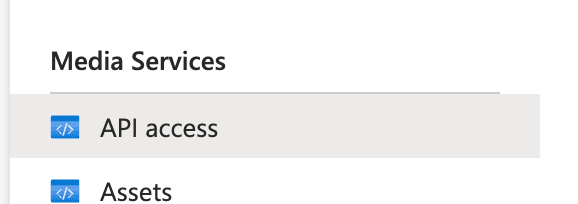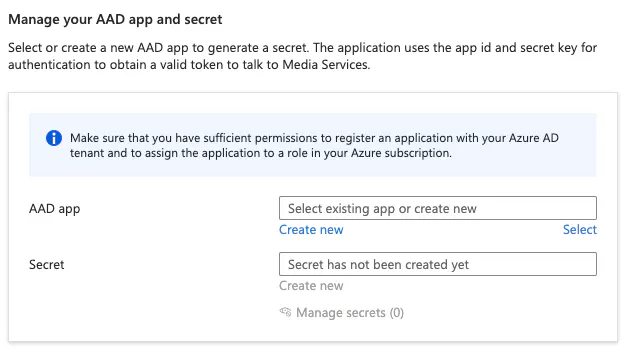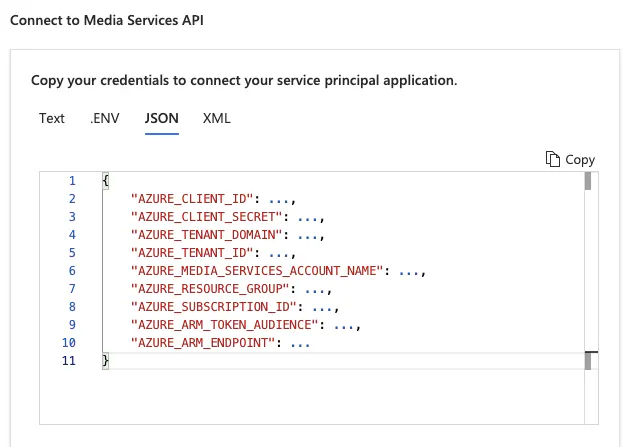Azure Media Services migration guide
Planning to migrate api.video from Azure Media Services? We got you covered!
You can import all of your video content, both from Azure's Blob storage and Media storage using api.video's Import tool.
When you import videos from Azure Media Services, you have the option to enable importing video captions in VTT format. The imported captions will be automatically linked to the videos they belong to. Videos with multiple captions are also handled by the Import tool.
What's the cost?
We understand that when you want to move to a different provider, it takes effort and development resources. You also want to make sure that it is cost-efficient, especially if you are moving to api.video to save costs.
At api.video, both migration and video encoding is free!
api.video Import tool
Our Import tool enables you to migrate all of your videos from Azure quickly and efficiently. Check out how:
Check out the Import tool now.
Authenticate with Azure
The Import tool requires you to authenticate with the provider you are migrating from. With Azure Media Services, this means you have to:
- create a Credentials
JSONfile - obtain a Shared Access Signature (SAS) URL
These steps will guide you through the process.
Creating a Credentials JSON file is only required when you import videos from your Azure Media storage containers.
Obtaining a SAS URL is required both when you import videos from your Blob storage and Media storage containers.
Create a Credentials JSON file
Navigate to your Azure Media Services account and select the directory you want to migrate.

Select API access in the left navigation bar.

Select an existing AAD app or create a new one, then generate its Secret.

Open the JSON tab and save the contents. You will need to paste it into the Import tool during the import process.

Obtain the SAS URL
The Import tool requires a Shared Access Signature (SAS) URL to access the videos in your Azure storage containers.
Navigate to your storage account and click on "Shared Access Signature":

Enable the required parameters:

Ensure that you generate the Shared Access Signature. Once you have the links, save the URL. You will need to paste it into the "SAS URL" field of the Import tool.

Import your videos
Once you have all the pre-requisites you can start the actual import process.
Navigate to the api.video Import tool.
Select Azure Blob Storage or Azure Media Services from the list, depending on where you want to import from.
Next, click on Continue to Authentication, then click on Sign in.
- When importing from Azure Blob Storage, you'll need the SAS URL and the name of the container that you want to import from. Leave the Container field empty to import videos from all containers.
- When importing from Azure Media Services, you'll need the SAS URL and the contents of the Credentials
JSON.
After you have authorized access for the Import tool, you can continue to the video selection. The Import tool will guide you through the process and will show you the import and encoding status of each video you selected.
Next steps
Once you migrate, api.video will host your assets and will provide the infrastructure for you. You only need to take care about updating your product or website to use the new assets. The Import tool automatically creates a mapping in csv and in JSON formats to aid you in this process.
If you have questions or you require support during the migration process, get in touch with the team via the chatbox!

